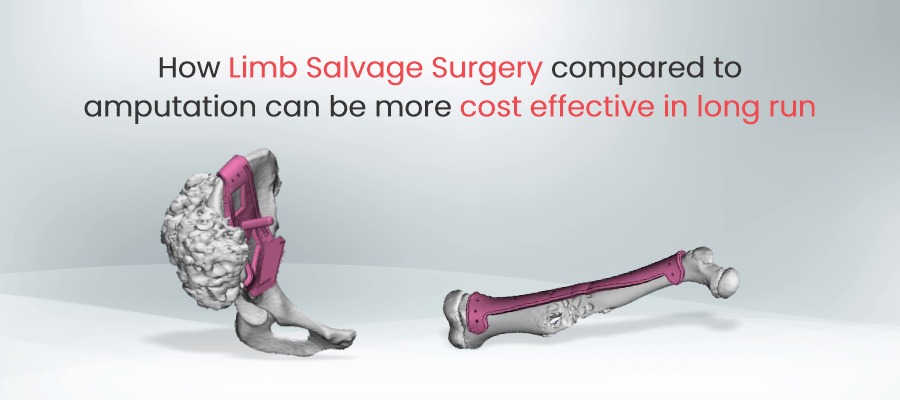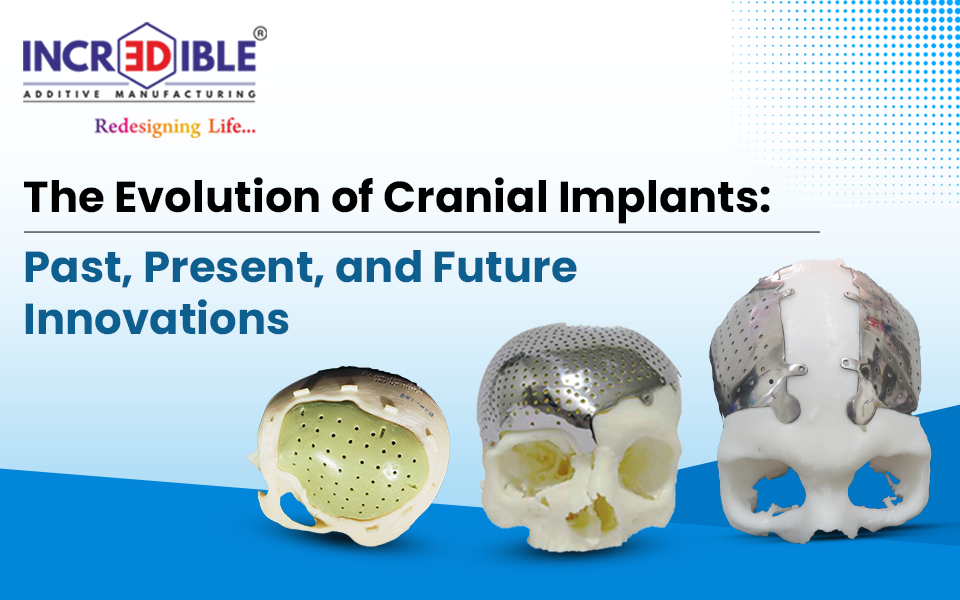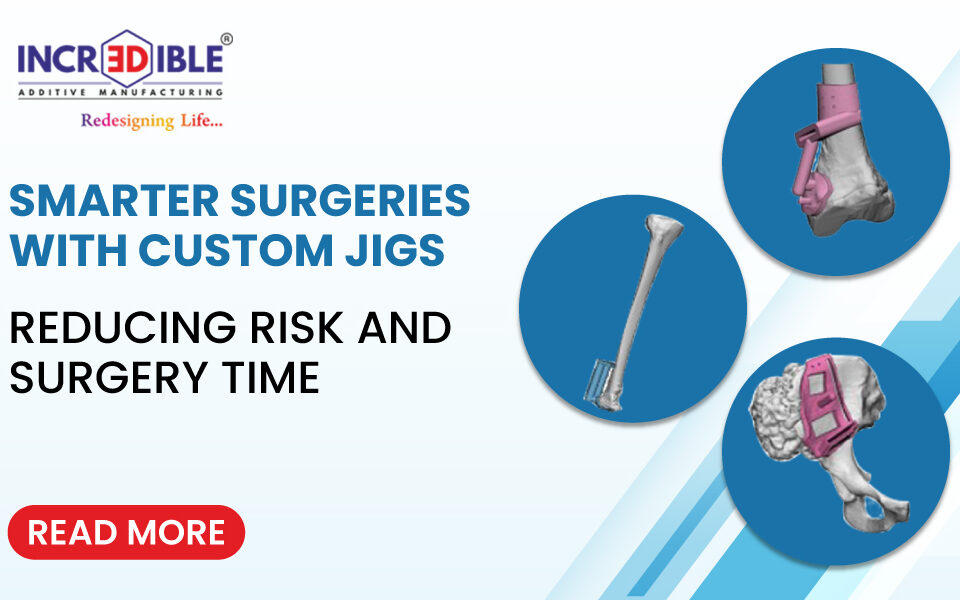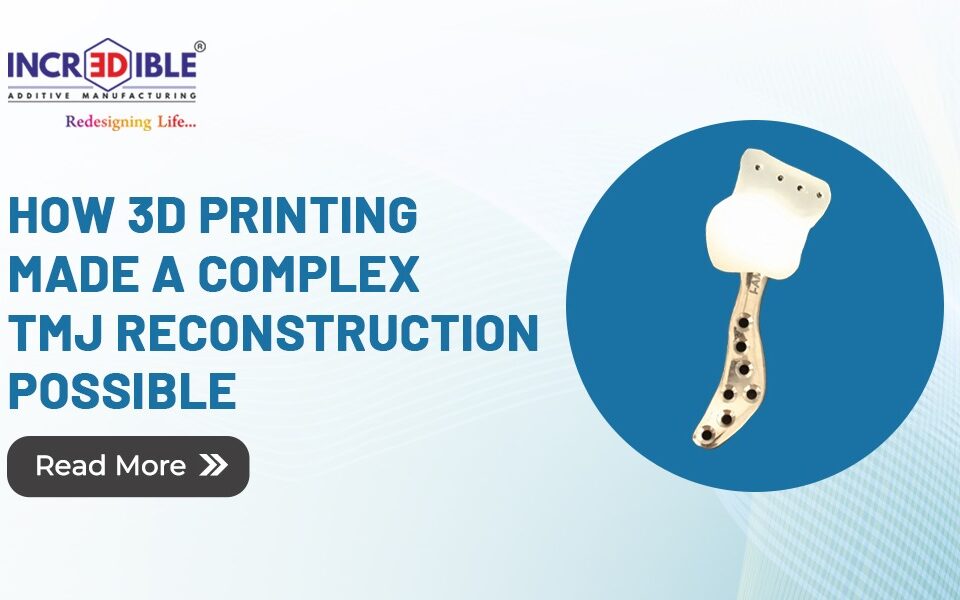Limb amputation surgery Amputation is a surgical measure taken to remove the affected limb which has been defected due to extremity by trauma, prolonged constriction, medical illness or surgery.The arterial and venous supply are ligated to prevent haemorrhage (bleeding). The muscles are transacted and the bone is sawed through with an oscillating saw. Sharp and rough edges of the bone are filed down, skin and muscle flaps are then transposed over the stump.
Limb Salvage Surgery
Limb salvage is a surgical procedure that involves the replacement of a diseased bone and reconstructs a functional limb by using a metal implant, a bone graft from another person (allograft), or a combination bone graft and metal implant (allo-prosthetic composite). The primary goal of limb salvage is to restore and maintain stability and ambulation.
Amputation and Limb salvage surgery comparison:
The two main indications for limb salvage areany limb injury in children or osteosarcoma and adults with bony and soft-tissue loss with intact sensibility. Whereas, absoluteindications for primary amputation as described are complete anatomical disruption of posterior tibial nerve in adults and crush injuries with warm ischaemia time beyond six hours.
Lower extremity trauma is common amongst patients. Despite an abundance of literature on severe injuries that can be treated with salvage or amputation, the appropriate management of these injuries remains uncertain. In this situation, a cost effective solution analysis is an efficient tool to provide evidence-based practice and approach to find the correct treatment. A QALY is used to account for the morbidity of a health state, based on the assumption that a year of life with morbidity is not equal to a year of life without morbidity.
Amputation has long been the best treatment for bone and soft tissue tumours of the extremities, but in the past 20 years limb salvage surgery (LSS) has become the more popular choice when it is technically feasible. There are many reasons for this change, including a cosmetic preference, preservation of uninvolved tissue, and purported improved functioning compared with the alternative of amputation.
There are many indications for Limb salvage surgery and amputation, including trauma and vascular diseases, but studies often focus on bone and soft tissue tumours of the extremities as these diseases affect young, healthy individuals with few comorbid conditions, good overall preoperative function, and a high likelihood of reaching maximal functional status postoperatively. These results are better shown after Limb salvage surgery.
Amputation is more expensive than limb salvage independent of varied ongoing prosthesis needs, discount rate, and patient age at presentation. Moreover, amputation yields fewer QALYs than Limb salvage. Hence, its more cost effective in long run as compared to amputation.
Current application of 3D printed implants have made the limb salvage surgery more precise and successful.3D printed implants are customisable as well as their density is similar to the human bone as compared to a traditionally manufactured implant; hence,the patient can get a particular replacement as per their own measurements which will lead to more positive results post-surgery. The prevalence and advancement of 3D printed technology, have made these implants more cost effective and less priced. They also have a better capacity to bear the strength and movement of limbs with the body weight.
Conclusion
Amputation is a possibility only if the injury is too severe, otherwise Limb salvage surgeryis now considered by surgeons due to the new technologies involved with the 3D printed implants which makes it more cost effective in long run over amputation.Incredible AM Pvt. Ltd. has developed technology to print customisable 3D printed implants under brand name LimbSal Ortho for Limb salvage surgery.




